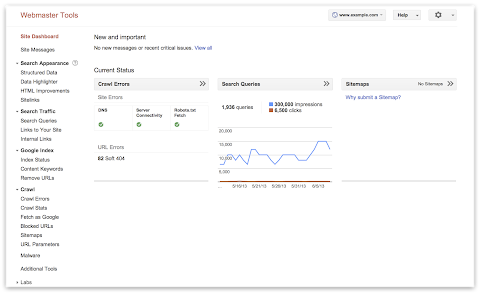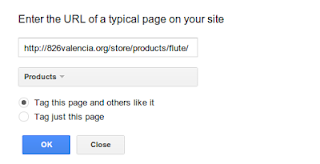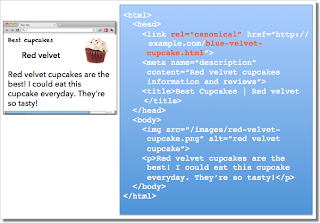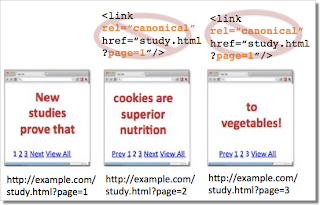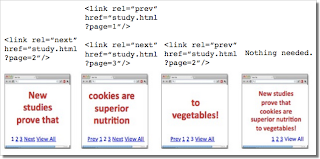Webmaster level: advanced
When talking to site owners on Google Webmaster Forums we come across questions on reconsideration requests and how to handle backlink-related issues. Here are some common questions, along with our recommendations.
When should I file a reconsideration request?
If your site violates our Google Quality Guidelines or did in the past, a manual spam action may be applied to your site to prevent spam in our search results. You may learn about this violation from a notification in Google Webmaster Tools, or perhaps from someone else such as a previous owner or SEO of the site. To get this manual action revoked, first make sure that your site no longer violates the quality guidelines. After you’ve done that, it’s time to file a reconsideration request.
Should I file a reconsideration request if I think my site is affected by an algorithmic change?
Reconsideration requests are intended for sites with manual spam actions. If your site’s visibility has been solely affected by an algorithmic change, there’s no manual action to be revoked, and therefore no need to file a reconsideration request. If you’re unsure if it’s an algorithmic change or a manual action, and have found issues that you have resolved, then submitting a reconsideration request is fine.
How can I assess the quality of a site’s backlinks?
The links to your site section of Google Webmaster Tools is a great starting point for an investigation as it shows a significant amount of your site’s inbound links. If you know that you ran an SEO campaign during a particular period of time, downloading the latest links can come handy in slicing links created at that time. Using the links found in Google Webmaster Tools, we recommend looking for patterns that point to general issues that are worth resolving. For example, spammy blog comments, auto generated forum posts or text advertisements with links that pass PageRank are likely to be seen as unnatural links and would violate Google’s quality guidelines. For individual examples and hands-on advice we recommend getting help of peers and expert webmasters on the Google Webmaster Forum.
How do I clean a bad backlink profile?
Make sure to identify poor links first, then make a strong effort to get them either removed or nofollowed. Then use the Disavow Links Tool to deal with remaining unnatural backlinks. We recommend using domain-wide operator for sites with a complicated URL structure, very obvious spam sites, such as gibberish content sites or low quality sites with content that shows no editorial value. See our video on common mistakes when using the disavow tool for more information.
How much information do I need to provide?
Detailed documentation submitted along with a reconsideration request can contribute to its success, as it demonstrates the efforts made by the webmaster and helps Googlers with their investigation. If you are including a link to a shared document, make sure that it’s accessible to anyone with the link.
How long does it take to process reconsideration requests?
Reconsideration requests for sites affected by a manual spam action are investigated by a Googler. We strive to respond in a timely manner, normally within just a few days. However, the volume of incoming reconsideration requests can vary considerably, hence we don’t provide a guaranteed turnaround time.
What are the possible outcomes of a reconsideration request?
Upon submitting a reconsideration request, you will first receive an automated confirmation in Google Webmaster Tools. After your request is processed, we’ll send you another message to let you know the outcome of the request. In most cases, this message will either inform you that the manual action has been revoked or that your site still violates our quality guidelines.
Where can I get more guidance?
For more information on reconsideration requests, please visit our Help Center. And as always, the Google Webmaster Forum is a great place for further discussions as well as seeking more advice from experienced webmasters and Google guides.
Written by Kaspar Szymanski and Uli Lutz, Search Quality Team



